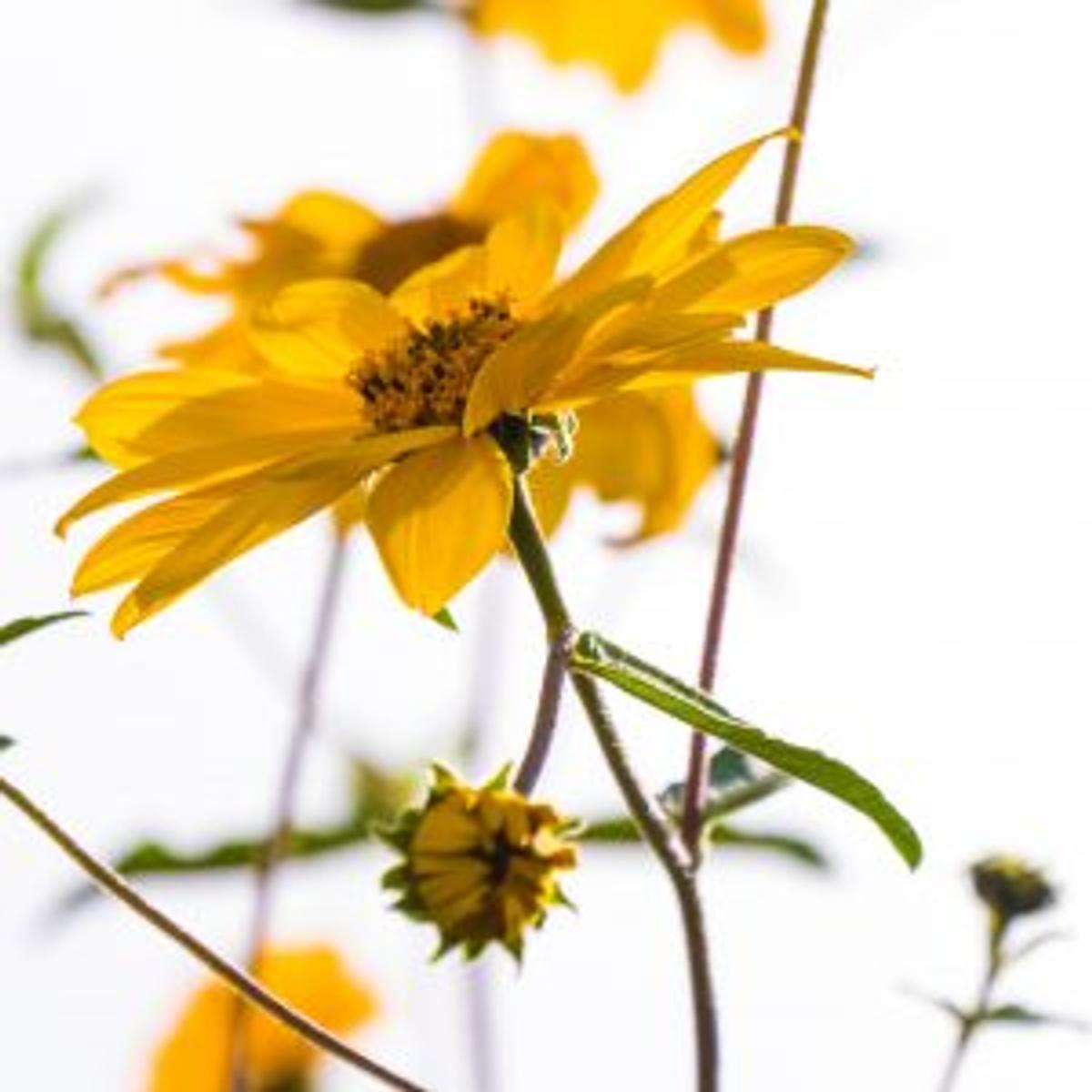First Aid

How can I tell if it’s a high pollen day?
Australia is in the process of building a standardised national pollen monitoring system through the NHMRC AusPollen Partnership Project, but there is still much room for development in our regional areas. Securing funding is still an issue despite the enormous impact pollen has on our community. We know this is important to many people and we’re working on it.
In the meantime, we recommend two fantastic pollen tracking services which provide daily local pollen information via their website and apps that can help you get prepared, depending on where you live:
- For Melbourne and other parts of Victoria, download AusPollen. Simply select your local pollen station and then scroll down to the bottom of the page for links to the Apple or Google Play app stores.
Pollen in the air is measured using pollen traps (also called “Burkard” monitors – fancy, we know) which suck in air at a constant rate onto a sticky surface. The pollen gets captured on this surface and can be read under a microscope. The type of pollen can then be identified and counted to determine the concentration of pollen in the air!
AirRater and AusPollen are the only two services that have experts capture and count pollen in this standardised way, so you can breathe easy knowing they are providing you with accurate and reliable information. Also, just a word of caution: pollen forecasts you see elsewhere might not be based on validated information, so take care when looking at pollen information from other sources.
If you launch the app and find out it’s a high pollen day, don’t worry – there is plenty you can do to avoid a flare-up.
COVID -19
As per DET guidelines if you have any coronavirus (COVID-19) symptoms, even mild, please stay home and get tested.

